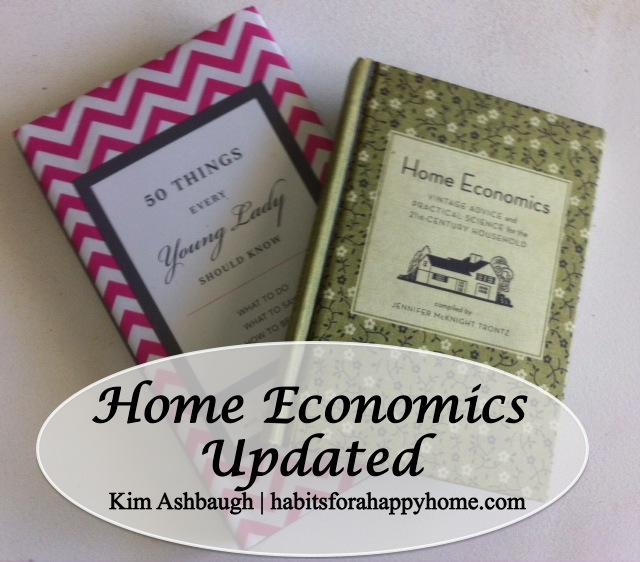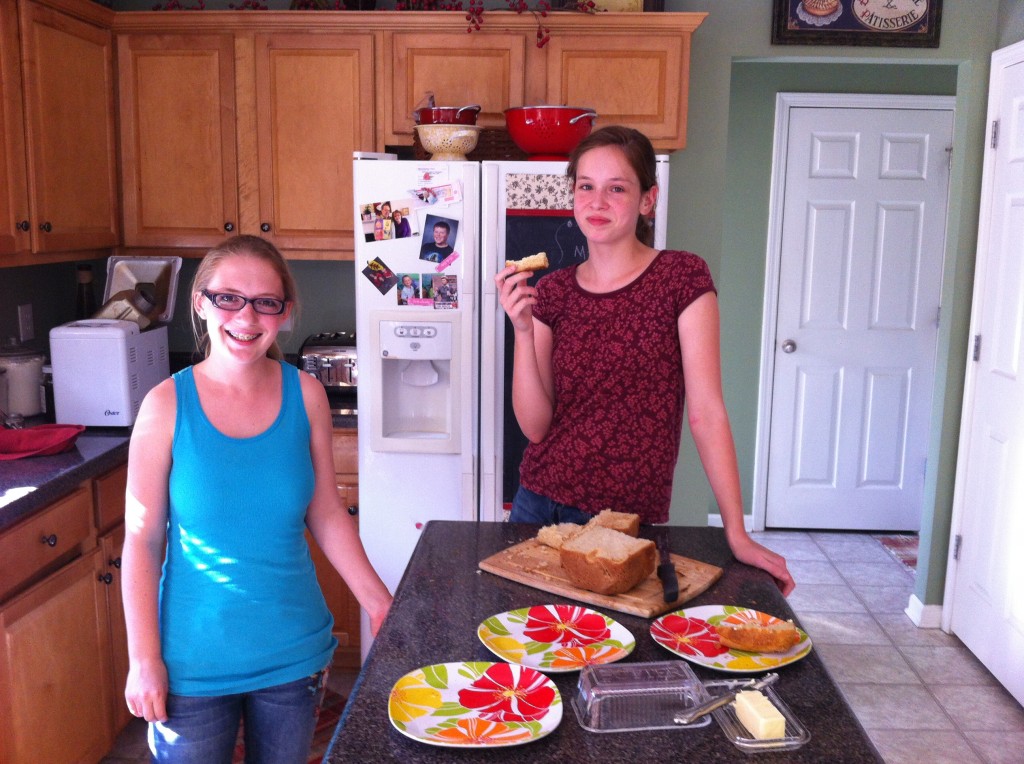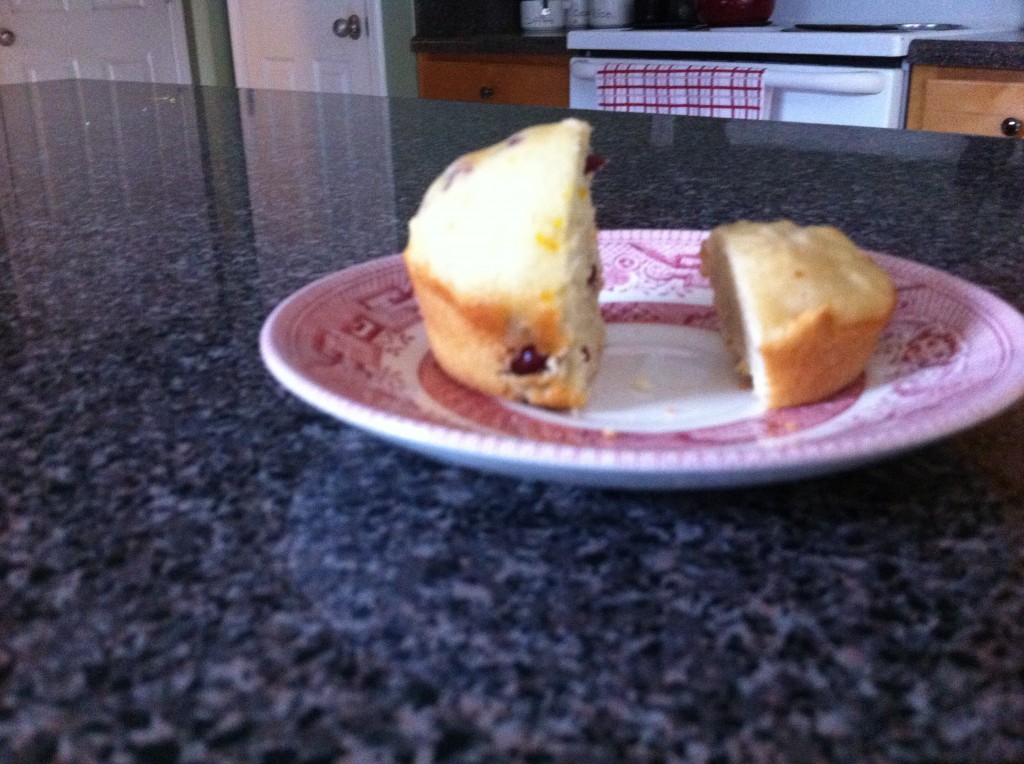This year, I’m down to one student in our family homeschool. Along the way, I have made changes, tweaking each child’s education, finding improved curricula for math or science, adding special projects to English and history, and incorporating electives for each child’s interest. With my youngest that meant adding a home economics class. So here is home economics updated.
Home Economics Updated
As I searched online, I could not find a satisfactory curriculum. I wanted something that had the feel of a modern Proverbs 31 woman. We would dismiss with extensive sewing (there’s nothing wrong with sewing; I’m just no good at it!), learn to prepare a variety of foods from scratch, and explore the fields of decorating and creating a cozy, family-centered atmosphere as well. Lastly, we would learn to properly clean a house. All of these are things I’ve taught my girls simply by including them in our daily activities, but this would require my youngest to do further study, practicing and eventually mastering some or all of these concepts. A friend who lives nearby joined our class, making it officially a “co-op.” And double the fun!
We meet twice a week for an hour and a half, and have homework in between. I divided the year into four quarters. We are still in the first quarter and are focusing on two things: food and ettiquette. We will continue to focus on these lightly the entire year, but this first quarter, we are really digging in. Here are the two books we use as references, and for reading assignments:
Home Economics: Vintage Advice and Practical Science for the 21st Century Household is a modern compilation from decades-old textbooks. The narration and some of the advice are a bit old-fashioned, but this only adds a bit of a history lesson along with our home economics study. Fifty years ago, we learn, ironing was considered an art! Overall, this book is delightful and helpful, giving homekeeping the respect it deserves. I assign pages to be read according to what we’re doing in class rather than going through the book chronologically.
50 Things Every Young Lady Should Know: What to Do, What to Say, and How to Behave actually sounds more old-fashioned that it is. It covers everything from how to make introductions and apologies to what not to post on one’s Facebook wall. Short, simple lessons with examples guide the up-and-coming young woman through many real-life situations, preparing her to deal with them smoothly and graciously. The author does speak down a little (perhaps this book is meant for younger girls rather than highschoolers), but when she says words such as “grownups” we just change it to “adults.” The adaptation is worth it as this book is rich with good advice.
And now, for a typical day’s Home Economics Updated class:
I begin by checking homework. Sometimes I ask the girls to print out and bring a recipe. This is placed in a page protector in their notebooks. Each notebook is divided into sections: Cooking, Cleaning, Decorating, Budgeting, and Organizing. Cooking is filling up right now; we’ll be adding to the other sections as we study them. But today, homework was to “Pin” three recipes using pie crust to our community “Home Ec” board on Pinterest. I’m teaching the girls to use technology in their homemaking, so we created our own board.
Next, I might give a quiz over the pages I assigned for homework last time. I assign 2-6 pages from each book. Since we only meet twice a week, this is a reasonable amount of reading. The quizzes are usually written by me at the last minute (confession!) and are the most time-comsuming prep I do. After this year, when I hand this homemade curriculum over to a friend to test for me, it will be easier.
Sometimes, instead of a quiz on our etiquette reading, I have the girls compose and act out a skit demonstrating the day’s lesson in a proper way, and another skit with the lesson done improperly. Today, they performed for me the right and wrong way for teenagers to speak to adults. The skit showed me they had learned the concept, and we all had a good laugh as well.
Now for the fun part: cooking! We might prepare a meal for a sick friend, or just practice making something yummy. Our homemade bread turned out soft and chewy!
We always try to make something that will actually benefit our families. Most food does, as each girl has siblings and no food is ever left behind. Everything does not always turn out well. Below right, we learned what happens when you add honey to a muffin recipe and do not subtract any other liquid:
The final exam for this quarter will be to prepare a dinner which will be eaten by both girls’ families. The final exam for the entire school year will be to plan a dinner from start to finish, shop for the groceries within a budget, prepare the dinner, serve it and entertain guests with conversation, and clean the kitchen. I keep the quiz grades, daily grades, and project grades in a gradebook to be averaged each quarter and at the end of the year.
In the second, third, and fourth quarters, we’ll be focusing on cleaning and laundry, decorating and creating a cozy atmosphere (with holiday planning included), and finally, basic sewing as well as bargain shopping for clothing and household linens. Each project will be something realistic that the girls can take with them and do again later. Nothing either complicated or useless. Just practical, everyday home management.
Have you ever written your own curriculum for one of your child’s subjects? I’d love to hear about it!
~by Kim, Daisy Muse
originally published October 2013




Kim – I LOVE this! The pinning recipes to a Pinterest board, the practicing and the final exam. Thank you SO much for sharing – I’ll be following your lead.